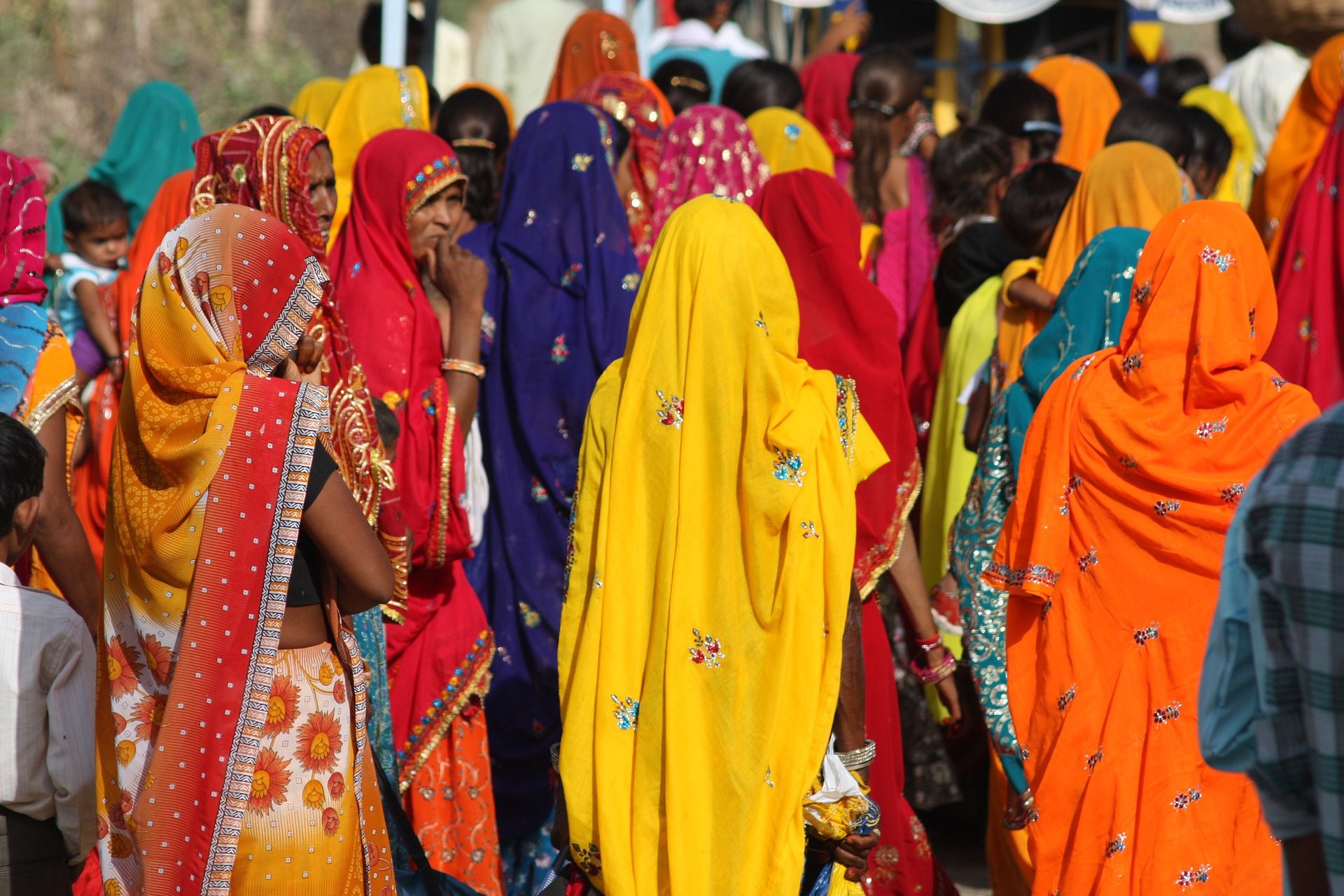
Human Trafficking in Vulnerable Districts of India National Report
Introduction
A national research on human trafficking in the country was last conducted and commissioned by the National Human Rights Commission (NHRC) during 2002 – 2004 (with Dr. P.M. Nair as the Principal Researcher), which made a yeoman contribution to understand the various facets of human trafficking in India and highlight the issue before the concerned authorities, civil society and media. It also led to a concerted attempt by the government at both the central and state levels to develop a plan of action and put into place monitoring mechanisms to implement the plans. Over a period of time, while combating human trafficking, the greatest challenge confronting policy makers was that information about the magnitude of the problem was limited. With no official, evidence based estimates of the scale, magnitude and dimensions of human trafficking, the process of an appropriate policy response was not only delayed but at many times incomplete. There was wide agreement among experts that there is a need for more data in order to fight trafficking and to estimate its scale in particular at the national level. To address this issue, in 2014, the Tata Institute of Social Sciences, under the guidance of NHRC began a research study at the national level to understand the dimensions of trafficking and the nature of the anti-trafficking initiatives. This research aimed to provide a clear understanding of the circumstances leading to human trafficking and ways of addressing the context to prevent trafficking, and developing policies, programmes and services to rescue and rehabilitate victims of trafficking and combat human trafficking. The goal was to develop a roadmap to reverse the processes of trafficking and to provide a comprehensive framework to provide adequate support to victims of trafficking to rebuild their lives outside the exploitative network.
Objectives
- To understand the existing and emerging forms of human trafficking in India and across its borders
- To understand the modus operandi, causes, and consequences of human trafficking in India
- To assess the economics/ finances of human trafficking in India
- To identify the social, economic, political and cultural causes of human trafficking at the household, community and regional level
- To understand the linkages between migration, missing persons and human trafficking
- To analyse the current response systems including the legal framework, policies, state and non-state interventions to combat human trafficking
- To suggest and recommend the way forward to address the gaps identified in the research
- To contribute to the theoretical understanding of human trafficking in India
Methodology
The methodology for this research was drafted meticulously in consultation with various stakeholders as well as relevant literature, which underline the challenges inherent in designing a methodology for a complex and sensitive issue like human trafficking. A mixed methods research design was adopted, implying that both quantitative and qualitative approaches were used concurrently to collect the data for a comprehension of the dynamic nature of trafficking in persons in India. While the quantitative research design focussed on carrying out household (HH) survey at the village level in the source areas, the qualitative research design involved conducting in-depth interviews, case studies, and focus group discussions (FGD) with key stakeholders as well as victims of trafficking and traffickers both at the source and destination areas. The selection of vulnerable districts across the country was done through a ranking process based on secondary data sources such as the Census, the National Family Health Survey (NFHS), Human Development Indicators (HDI) and the National Crime Records Bureau (NCRB). A total of 32 such parameters and sub-parameters were used to rank the viii districts in each state while inputs from key informants (KIs) and stakeholders from the field were also taken into consideration before finalising the districts.
Read or download the report here.
